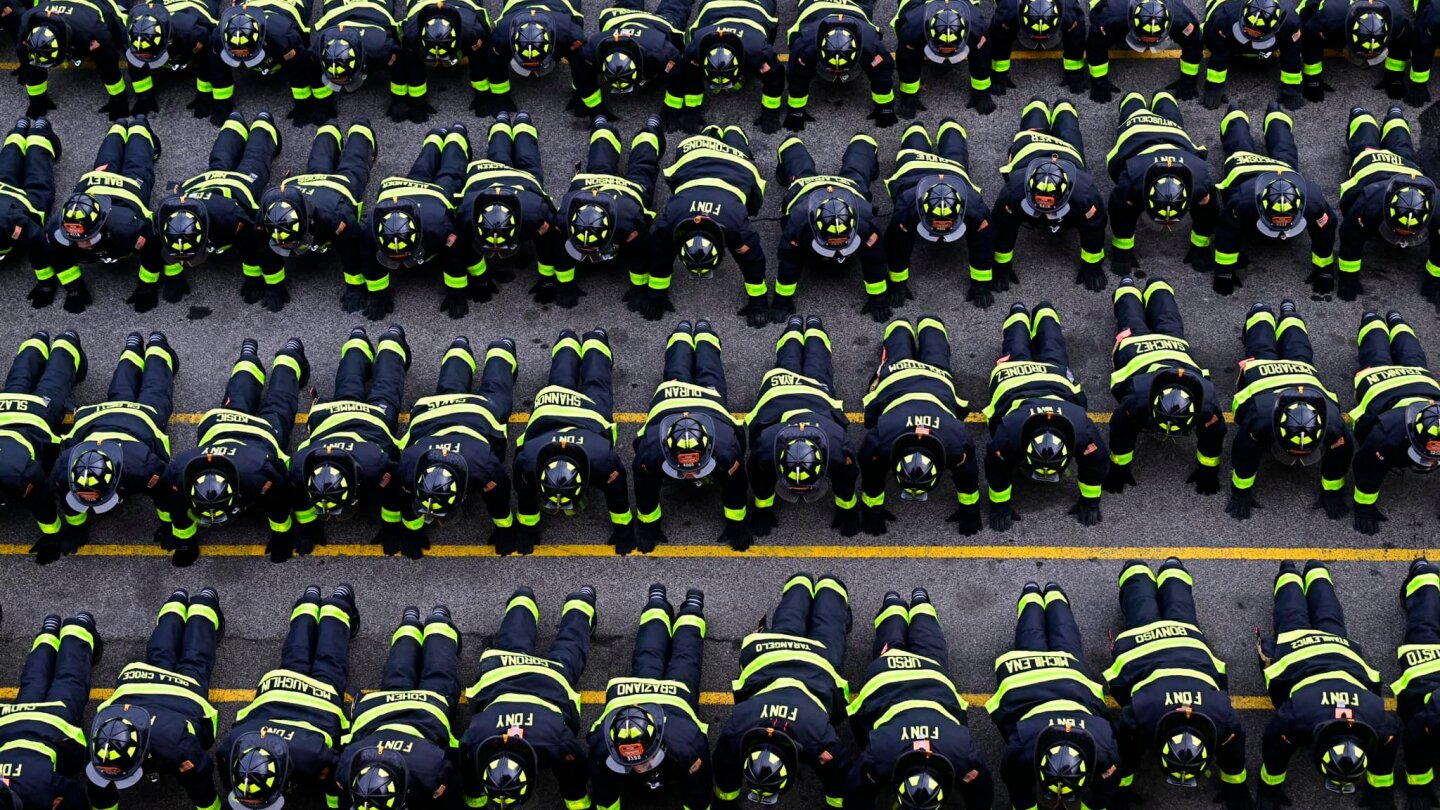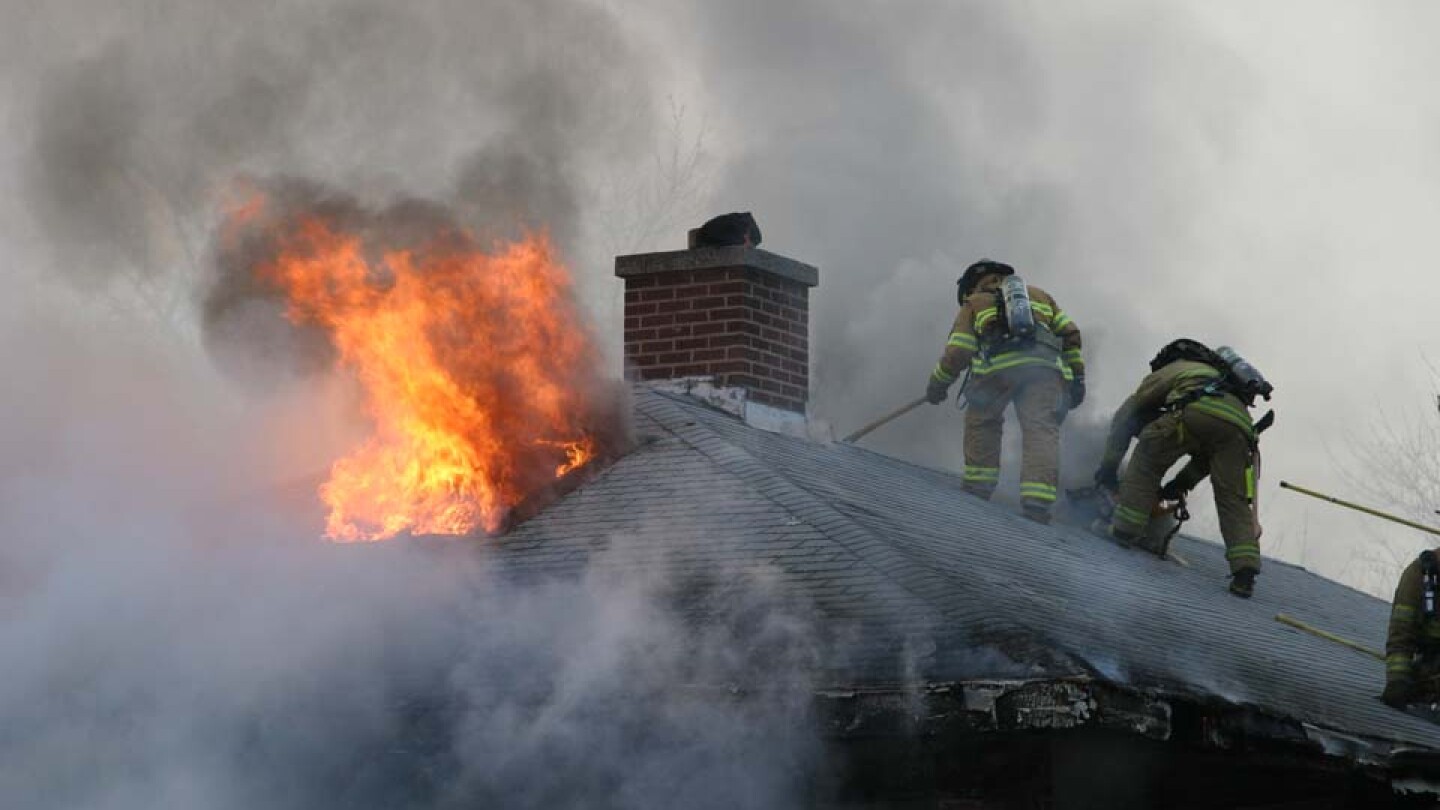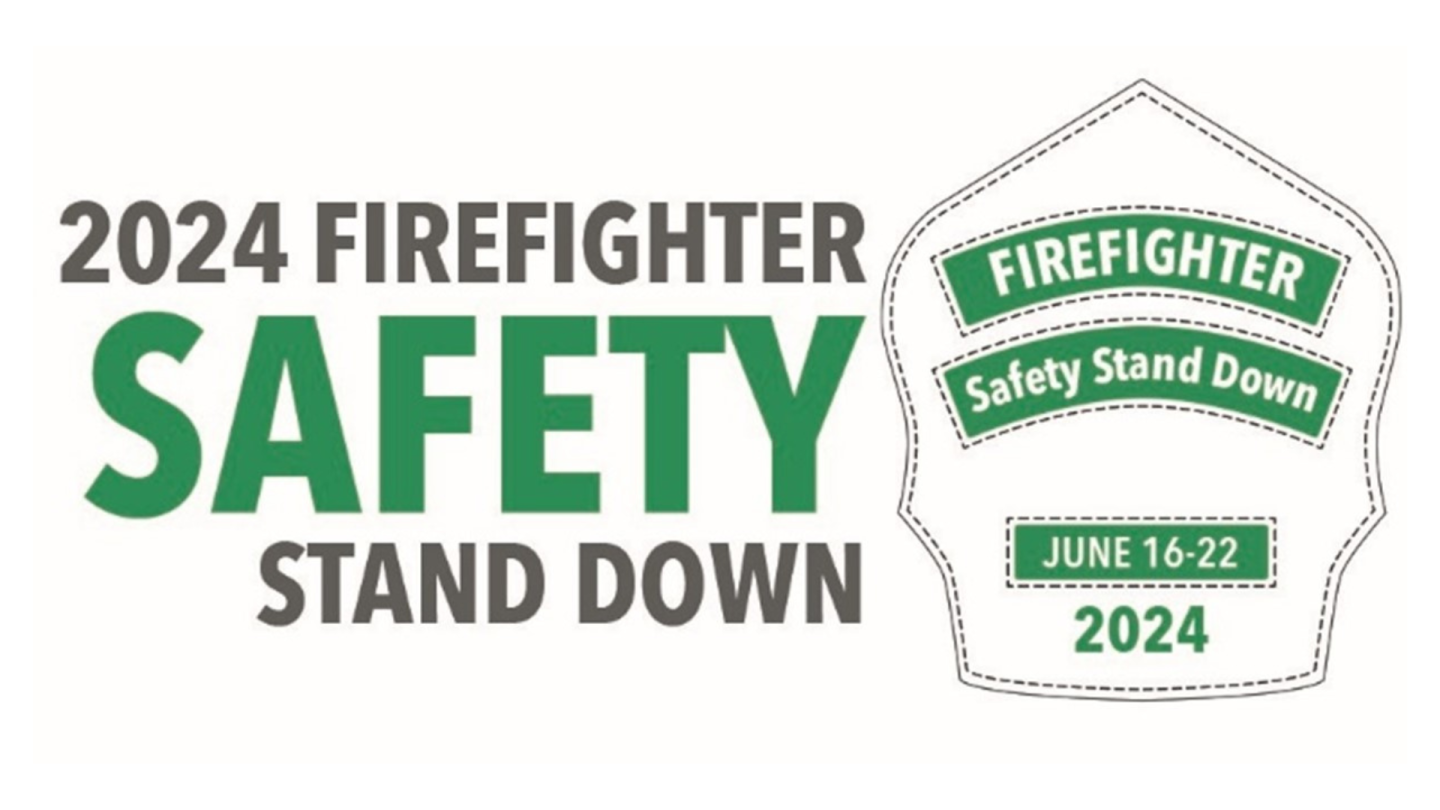National Fire Protection Association (NFPA)
The National Fire Protection Association is a global self-funded nonprofit organization devoted to eliminating death, injury, property and economic loss due to fire, electrical and related hazards. The NFPA delivers information and knowledge through more than 300 consensus codes and standards, research, training, education, outreach and advocacy. The FireRescue1 NFPA topic includes articles and exclusive columns and videos about NFPA certification, standards and updates you need to know.
The PPE standards expert explains why all protection comes at a price
Touted as “absolutely fireproof,” Atlanta’s Winecoff Hotel became the scene of America’s deadliest hotel blaze, claiming 119 lives
The firefighters’ union moved to dismiss with prejudice its PFAS-related lawsuit over NFPA’s firefighter gear standard
Let’s take a beat before panicking over the proposed changes to the Fire Brigade Standard
Implementing a student/firefighter program can help career and volunteer departments end staffing shortages while reducing costs and pension burdens
Following the latest technical committee meeting, our resident PPE expert shares the inside scoop on what’s likely changing in the PPE standards
89 firefighters died on duty — an 8% decline over 2022 but the second-highest number since 2013
Chief Marc Bashoor details what makes this year’s event unique
What it means to talk about safety and survival in an inherently unsafe profession
Bruno’s impact on the fire service is far-reaching and profound, particularly in the areas of safety, command and customer service
Properly fitting pants, coats and boots are essential for firefighter safety and performance
Reflecting on OSHA requirements and the position paper that has everyone talking
The event will take place during the International Association of Fire Chiefs Community Risk Reduction Leader Conference
While there may be fire engines and a firehouse, sometimes we are just fooling the public – and ourselves
In support of the NFPA mission, NFPA Global Solutions is a fully-owned NFPA corporation that will offer compliance solutions, digital products, and advisory services that extend beyond the traditional products and services offered by NFPA
Jeannette firefighters had to rely on tankers to fight a fire that claimed four children and an adult
The Firefighters Association of the State of New York president said the safety-focused changes will “dramatically change the face of the fire service”
The campaign emphasizes the importance of training by reinforcing proper strategies and tactics with a focus on the fundamentals
Code Red Fire boots are constructed to meet NFPA certification
From the specifications for soft goods to ratings for electronics in explosive environments, the upcoming consolidation of standards will offer greater protection for firefighters
Dr. Lori Moore-Merrell and other leaders will travel to Detroit, Chicago and Columbus, Ohio, to draw public attention to winter fire safety measures
232 of the 2,161 fatalities in 2023 were children
Overcoming complexities and learning how firefighters can impact PPE requirements
What you need to know to prepare for the likely changes ahead
Position papers on neuroprotective CPR and pre-hospital transfusion of blood products were previously endorsed at the annual NFPA Urban Fire Forum
Speedlays provide quick deployment of attack lines to the fire, which is what we need as the fire grows faster and faster on today’s modern fireground
Connect with RAs to help share kitchen safety tips, provide fire extinguisher training, and underscore proper use of small appliances
Use data to focus your cooking safety messaging on the issues and areas that need it most
A preview of what is likely to come to fruition in the next editions of NFPA 1971 for turnout gear and NFPA 1981 for SCBA
Five position papers – focused on climate change, blood transfusions, reproductive health, mental health and CPR – were endorsed at the annual NFPA Urban Fire Forum
It’s time to put these issues to rest once and for all – and start doing the right thing
Legislation and lawsuits grow as the effort to avoid cancer and PFAS-infused materials continues
































